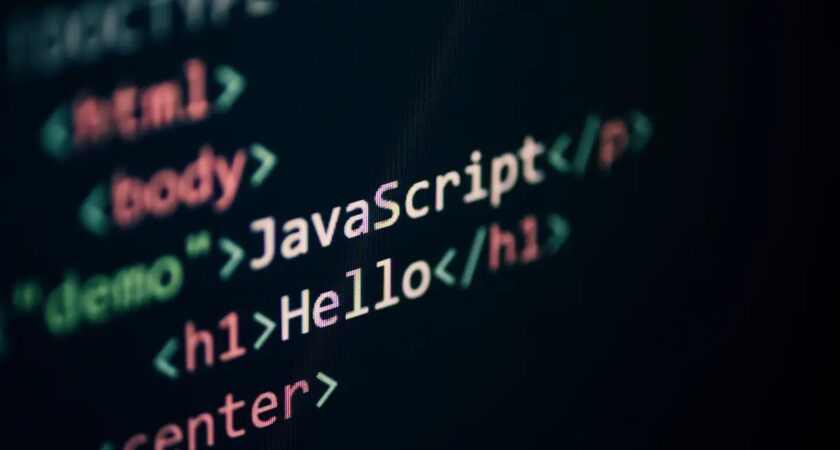There will be instances while developing applications, particularly single-page applications, where the need arises to register if a click action was initiated outside a particular component. This feature is critical for elements such as drop-down menus or modal windows where a click outside the window is expected to close the element. To tackle this, a function can be crafted with precision to monitor such click events.
Consider the following function:
function outsideClick(event, notelem) {
notelem = $(notelem); // jquerize (optional)
// check outside click for multiple elements
var clickedOut = true, i, len = notelem.length;
for (i = 0;i < len;i++) {
if (event.target == notelem[i] || notelem[i].contains(event.target)) {
clickedOut = false;
}
}
if (clickedOut) return true;
else return false;
}This function, named outsideClick, takes two arguments:
- event – This represents the browser click event which triggers the function;
- notelem – This refers to the element or elements being monitored for the click action, and it’s named as such to reflect ‘Not Element’.
The function begins by optionally converting notelem into a jQuery object, hence the comment ‘jquerize’. Next, a variable clickedOut is initialized to true.
The function then implements a for loop, which operates based on the length of notelem. If the target of the event (i.e., the element clicked) is identical to the current notelem or if the current notelem contains the clicked target, clickedOut is set to false.
Functional Application
This function’s power becomes apparent when applied to real-world scenarios, like managing a modal window. To illustrate, let’s imagine a modal window named modal:
var modal = document.getElementById("modal");
window.addEventListener('click', function(e) {
if (outsideClick(e, modal)) {
// close modal
}
});In this scenario, an event listener is added to the window that listens for a ‘click’. When the user clicks anywhere in the window, the ‘outsideClick’ function is invoked, passing in the click event e and the modal as a
String Value in PHP
Now, let’s seamlessly weave the topic of string value in PHP into our discussion. In PHP, it is imperative to note that string values must be enclosed within single or double quotation marks. This rule is fundamental in ensuring the proper handling of string data in PHP scripts. When implementing PHP functionalities that involve string manipulation, the correct encapsulation of string values is essential to prevent errors and inconsistencies in your code. Whether it’s for database queries, form data processing, or any other task involving strings, the adherence to this principle is a cornerstone of PHP development.
Conclusion
In essence, the outsideClick function is a powerful and versatile tool that every JavaScript developer should be familiar with. By improving user experience and application usability, it sets the stage for creating appealing and intuitive web applications. Harnessing this function is not just about improving your coding skills but also about creating more interactive and user-friendly web experiences. So go ahead, make the most of your JavaScript journey by getting acquainted with this essential function.
